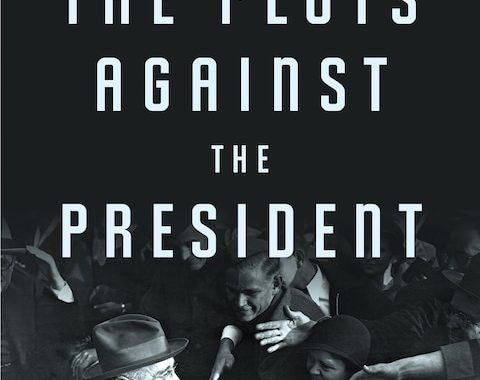The American republic seemed too brittle to withstand the calamity. Denton quotes the historian William Manchester: “The evidence strongly suggests that had Roosevelt in fact been another Hoover, the United States would have followed seven Latin American countries whose governments had been overthrown by Depression victims.”
Of course, Roosevelt was no Hoover. During the 100 days that started on March 4, 1933, when he was inaugurated, Congress approved 15 New Deal proposals offered by the White House. They took the country off the gold standard, shoring up banks by preventing runs on them. A subsquent bank holiday allowed financial institutions time to straighten out their finances. Soon deposits returned to the banks. Roosevelt’s policies set in motion the repeal of Prohibition and offered assistance to homeowners, farmers and unemployed veterans. In little more than a year, the results were striking. “By March 15, 1933,” Denton writes, “76 percent of the country’s Federal Reserve member banks had reopened.” When the stock market reopened the following day, the Dow Jones “jumped a historic 15 percent.”
To call Roosevelt popular would be an understatement. “The Nation was giddy in its response to their deliverer. ‘Roosevelt is the greatest leader since Jesus Christ,’ a prominent businessman was quoted as saying. ‘I hope God will forgive me for voting for Hoover.’ ”
But that wasn’t a view held by everyone. The right turned against his policies. Some took offense at his diplomatic recognition of the Soviet Union, surely an indication of his communistic intentions, conspiracy theorists thought. American fascist parties formed paramilitary groups called the silver shirts, the khaki shirts or the black shirts, a Crayola box of colors inspired by Hitler’s brownshirts and Mussolini’s blackshirts. “Dangerous or not,” Denton notes, “America was awash with right-wing groups overtly bent on government takeover outside the bounds of the democratic electoral process.”
The largest effort was a well-financed Wall Street plot to organize the American Legion to march on Washington, seize the White House, overthrow the president and install a famous military hero, Smedley Darlington Butler, as leader of a fascist state modeled after Italy. Butler, a two-time Medal of Honor recipient and firm supporter of Roosevelt, turned the ringleaders in. Despite the opposition, Democrats gained 22 seats in Congress in 1934, and Roosevelt steamrolled Kansas Gov. Alf Landon, the Republican nominee, in the 1936 election.
A charismatic, eloquent leader, eager for change, faces a vocal conservative backlash. Sound familiar? Throughout the book, you might draw parallels to today. Were the unemployed World War I veterans who encamped in Anacostia in 1932 seeking their unpaid bonuses forerunners of the Occupy D.C. movement 80 years on? Is the invective of radio priest Father Charles Coughlin similar to that of Glenn Beck (although Beck’s lacks the anti-Semitism)? As for the commanders in chief, “There is not much difference between the forces lined against President Franklin Roosevelt and those against President Barack Obama,” Denton writes.
Timothy R. Smith is an editorial aide for Book World.
